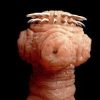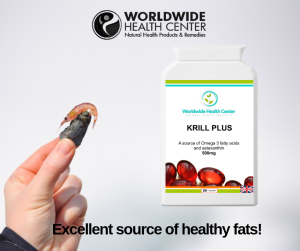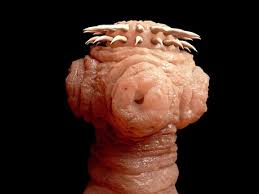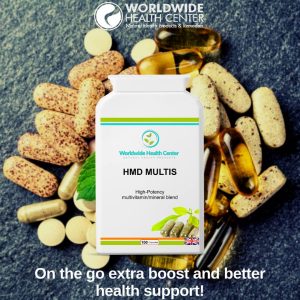Need help? Email us:
- AMINO ACIDS
- Antioxidants
- Blood Sugar Regulation
- Bone and Joint Repair
- BOOKS
- Brain Food & Energy Supplements
- Candida Support
- Cardiovascular Support
- Cholesterol
- Constipation Relief
- Dental Health
- Detox
- Digestive Support
- Eye Support
- Fatty Acids
- Gut Health
- Hair Mineral Analysis
- Heavy Metal Detox
- Herbal Tinctures
- Immune Support
- Liver Support
- METABOLIC TYPING
- Multivitamin & Mineral
- Natural antimicrobials and parasite remedies
- Natural Diuretic
- Probiotics
- Prostate Health
- Tachyon Products
- Uncategorized
- VITAMINS
- WEIGHT LOSS
Chlorella and Dioxins

Reducing dioxins in pregnant women
Chemosphere. 2005 Dec;61(9):1244-55. Epub 2005 Jun 27.
Maternal-fetal distribution and transfer of dioxins in pregnant women in Japan, and
attempts to reduce maternal transfer with Chlorella (Chlorella pyrenoidosa)
supplements.
Nakano S, Noguchi T, Takekoshi H, Suzuki G, Nakano M.
Saiseikai Nara Hospital, 4-chome, 8-jyo, Nara, Nara 630-8145, Japan.
[email protected]
Dioxins can be transferred from mother to fetus via the placenta, or to
Nursing infants via breast milk, potentially causing developmental health problems in
children. To assess pediatric health risks from dioxins, exposure of mothers and children
to dioxins must be clarified. Methods of reducing maternal transfer of dioxins should also
be investigated. Concentrations of 28 dioxin (polychlorinated dibenzo-p-dioxins,
polychlorinated dibenzofurans, and co-planar polychlorinated biphenyls) congeners in
blood, adipose tissue, breast milk, cord blood and placenta collected from 44 pregnant
Japanese women were measured.
In addition, to investigate potential reductions in maternal transfer of dioxins, 23 pregnant
women were instructed to take Chlorella pyrenoidosa supplements during pregnancy.
Correlations were observed between dioxin total toxic equivalents (total TEQ) in blood
and total TEQ in adipose tissue (r=0.913, P<0.0001), breast milk (r=0.695, P=0.0007),
and cord blood (r=0.759, P<0.0001).
Dioxin levels transferred to fetuses and nursing infants reflect cumulative maternal
concentrations of dioxins. A linear regression equation was introduced to predict total
TEQ in breast milk and cord blood from dioxin levels in maternal blood, which should
prove useful in evaluating fetal and infant risk of dioxin exposure. Total TEQ in cord blood
were approximately 26% lower than in maternal blood (P<0.0001). The results of this
study suggest that transplacental transfer differs depending on the dioxin congener. Total
TEQ in breast milk were approximately 30% lower in the Chlorella group than in controls
(P=0.0113).
This finding suggests that maternal transfer of dioxins can be reduced using dietary
measures such as Chlorella supplement
Important Links

Dr. George J. Georgiou
Dr. George J. Georgiou, Ph.D., N.D., D.Sc (AM), M.Sc., B.Sc, is a world-renowned expert in the field of holistic medicine and detoxification. As the inventor of the highly acclaimed Dr. Georgiou's Heavy Metal Detox Protocol, and the main product, HMD™ (Heavy Metal Detox), he has revolutionized the approach to natural heavy metal detoxification. With over 35 years of experience in natural medicine, he has authored 23 books, including the comprehensive guide 'Curing the Incurable with Holistic Medicine,' which offers invaluable insights and over 700 scientific references. Dr. Georgiou's groundbreaking work is sought after by individuals and practitioners worldwide through his Da Vinci Institute of Holistic Medicine and Da Vinci Holistic Health Center based in Larnaca, Cyprus.









